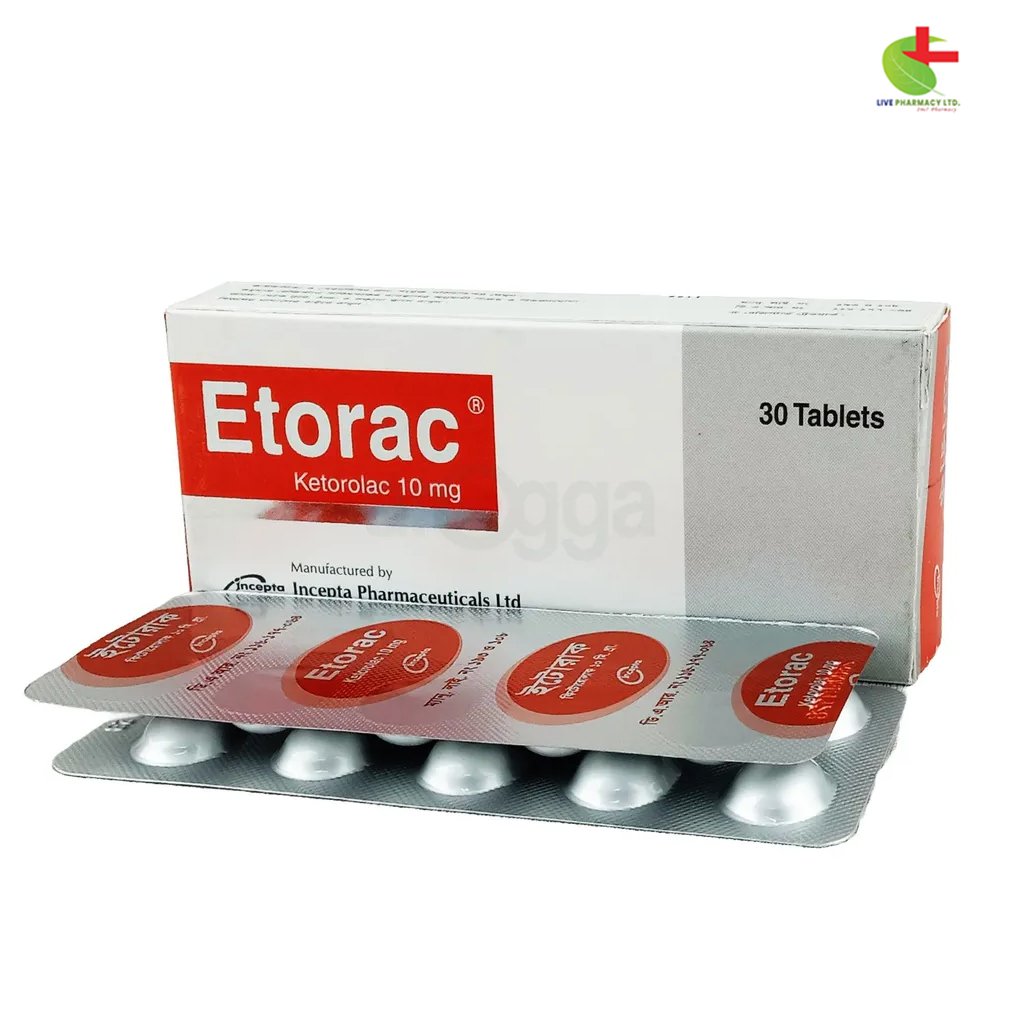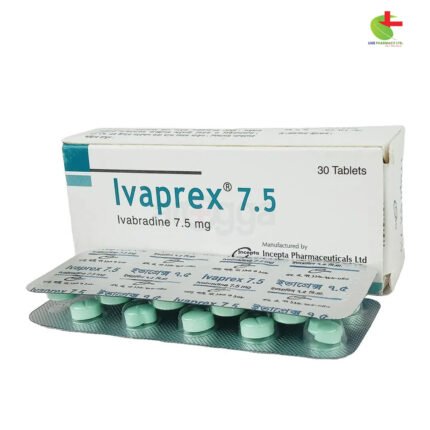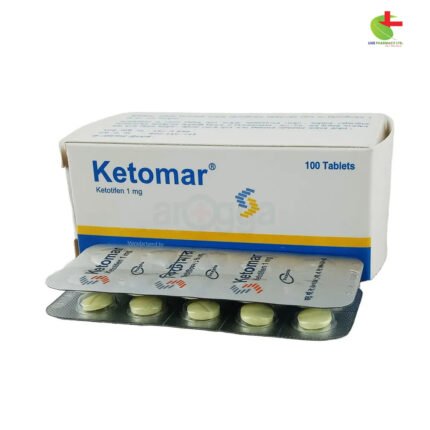Etorac 10
100.00৳ Strip
- Etorac is a nonsteroidal anti-inflammatory drug (NSAID) indicated for the short-term management of moderate to severe acute post-operative pain.
- It serves as an ophthalmic solution to relieve pain, inflammation, and light sensitivity after eye surgery.
- Additionally, Etorac can reduce eye redness and inflammation caused by seasonal allergies.
- Always consult a healthcare professional before use.
 Brand
Brand
|
Incepta Pharmaceuticals Ltd |
|---|---|
 Generics
Generics
|
Ketorolac Tromethamine |
 Type
Type
|
Tablet |
Indications
Etorac is designed for the short-term relief of moderate to severe acute post-operative pain. The ophthalmic solution of Etorac alleviates pain, inflammation, and sensitivity to light following ocular surgery. Additionally, it can be utilized to reduce eye inflammation or redness linked to seasonal allergies.
Always consult a registered healthcare professional before use.
Description
Etorac is a nonsteroidal anti-inflammatory drug (NSAID) from the pyrrolo-pyrrole group. It is chemically classified as 5-benzoyle-2,3-dihydro-1H-pyrrolidine-1-carboxylic acid, in combination with 2-amino-2-(hydroxymethyl)-1,3-propanediol (1:1). This medication functions by inhibiting the synthesis of prostaglandins, making it an effective peripheral analgesic. The S-form of Etorac is responsible for its biological activity. Its pharmacokinetics are linear, showing high protein binding and extensive liver metabolism, with excretion primarily through urine.
Pharmacology
Ketorolac Tromethamine is a powerful analgesic belonging to the NSAID category. It works by inhibiting the cyclooxygenase enzyme system, thus blocking prostaglandin synthesis. At analgesic doses, it exhibits minimal anti-inflammatory effects.
Dosage & Administration
- Tablet: The recommended starting dose is 10 mg every 4-6 hours for a maximum of 7 days; chronic use is not advised. Daily doses exceeding 40 mg are not recommended.
- Injection: Ketorolac can be administered as a single or multiple doses for managing acute pain requiring strong analgesia, typically in postoperative settings. The intravenous (IV) bolus should be administered over no less than 15 seconds, while intramuscular (IM) injections should be given slowly and deeply. Analgesic effects usually begin within 30 minutes, peaking at 1 to 2 hours, with a duration of 4 to 6 hours.
- Eye Drops: Administer 1 drop in each eye four times daily.
Always consult a registered healthcare professional before use.
Interactions
Avoid combining Etorac with other NSAIDs or aspirin, as this may increase side effects. Concomitant use with anticoagulants can enhance their effects, while beta-blockers may experience reduced antihypertensive efficacy. Caution is advised when used with ACE inhibitors and methotrexate, as risks of renal impairment and toxicity can increase.
Contraindications
Etorac is contraindicated in individuals with hypersensitivity to NSAIDs, children under 16 years, and should not be used as a prophylactic analgesic prior to surgery.
Side Effects
Common side effects include nausea, vomiting, gastrointestinal bleeding, peptic ulcers, anxiety, drowsiness, headaches, and potential cardiovascular issues such as bradycardia and hypertension.
Pregnancy & Lactation
Etorac falls under FDA Pregnancy Category C. It should be avoided during pregnancy and breastfeeding unless potential benefits outweigh risks.
Precautions & Warnings
Use with caution in patients aged over 65 years, those with active peptic ulcers, gastrointestinal bleeding, asthma, or liver dysfunction. For eye drops, discontinue use if corneal epithelial breakdown is evident, and avoid application while wearing contact lenses.
Therapeutic Class
- Non-Opioid Analgesics
- Drugs for Rheumatoid Arthritis
Storage Conditions
Store in a dry place away from light and heat, out of reach of children.













Reviews
There are no reviews yet.